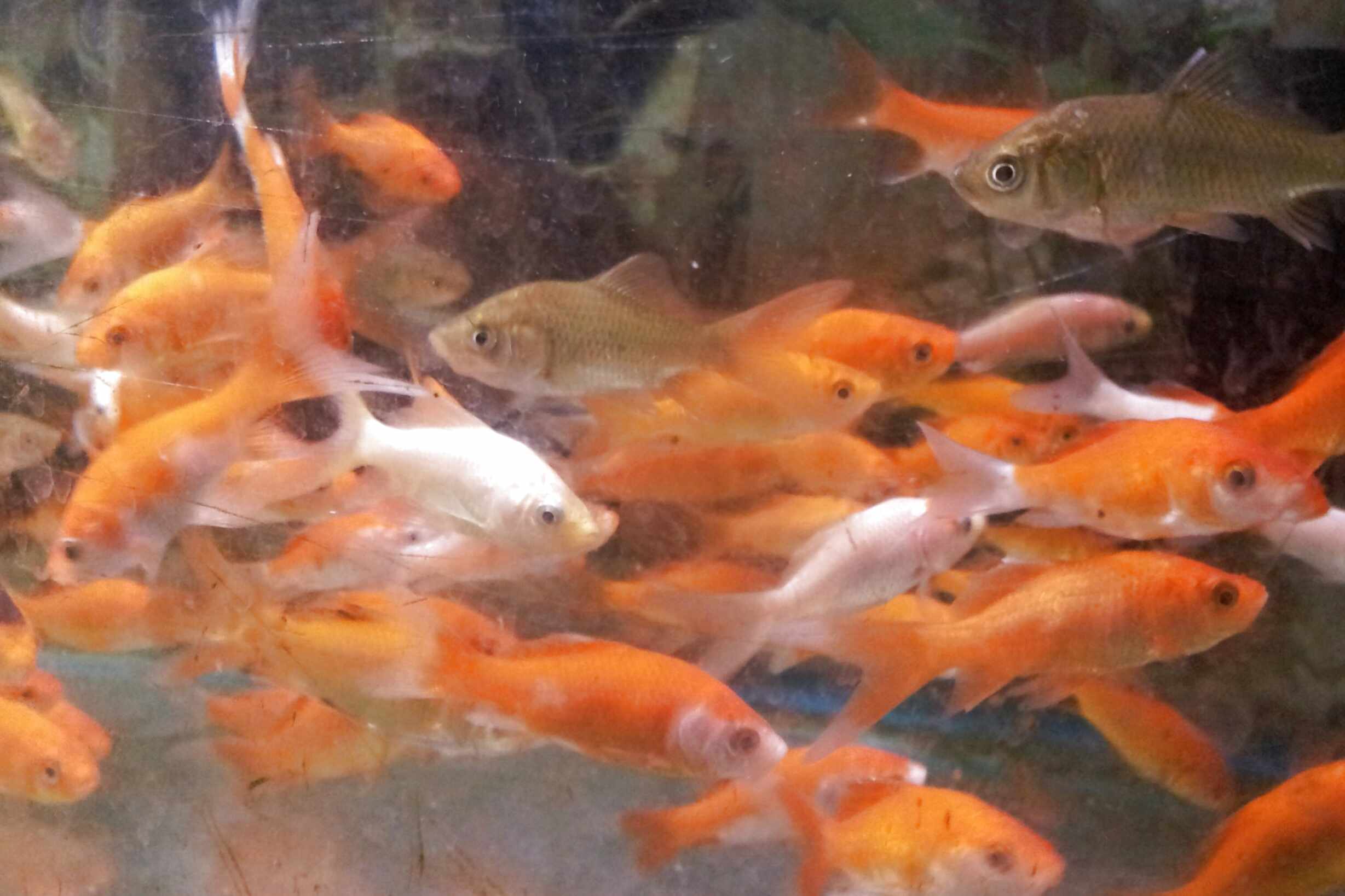

This is when they are the most fun to watch!įrozen bloodworm and fish flakes are some examples of food you can add to their diet. They like to be alert and on the move during the nighttime primarily, but can sometimes be seen lingering around during daylight.Īlthough Synodontis catfish are not very aggressive or bubbly, they do have their own bouts of physical activity every now and then. They are shy and peaceful, but can live with mildly aggressive fishes. Synodontis Catfish are unique and very beautiful. Nourishment: Small live food, algae, debris.Care: Require plants, decor, caves, and hiding places to feel safe.Compatibility: Peaceful but can easily be around African cichlids.Size of full-grown adult: 4 to 10 inches.Scientific name: Synodontis Nigriventris.Bottom feeders that meet these criteria include: Synodontis Catfish There is a lot of variety to choose from when it comes to bottom feeders, but if you want to keep them as a pet, it is absolutely necessary to pick those that can survive in freshwater and can actually live in an enclosed space. The Best Bottom Feeder Fish for Your Tank Some examples include the Prussian carp and koi. They have spread to almost all parts of the world today. Some examples include the hog sucker and the longnose sucker.Ĭarps are native to Asia and Europe and are soft-finned and oily. Suckers are not suckermouths or dwarf suckers, but are actually a type of catfish. These are not a go-to aquarium pet though, as they do not fare well in warm or unstable water conditions. Suckers have almost 80 species that are native to North America. Some examples include the Kuhli loach and Clown loach. They do so by creating and marking broad territories along the river bed. These freshwater fish love to create their homes in the sand found on the riverbed.

Loaches are another category of bottom feeders that usually live in the rivers of Asia, Europe, and America. Some examples include marine catfish, candiru, and coral catfish. These fish have defined barbels, and different types grow to various sizes. This will help you decide and eventually pick the best pet for your freshwater aquarium.īut first, let’s look at the four main categories that all freshwater bottom feeder fish fall under: CatfishĬatfish are a diverse group of fish that fall under this category due to their ray-fins.
BLACK BOTTOM FEEDER FISH HOW TO
Now that you know how to differentiate between bottom feeders and other aquatic creatures, let’s take a look at some cool bottom feeder types in detail. A flat ventral region allows these fish to easily rest and move along the substrate. Although not all bottom feeders have the exact kind of flat belly, it is definitely flatter than that of a regular fish. These fish can also be easily identified through their flat ventral regions. They can literally latch onto surfaces to feed just like a suction cup, which helps prevent them from being thrown away by the current if they are in fast-moving waters. These types of fish include the plecos and other catfish that have suction-shaped mouths. Some bottom feeder fish classify as suckermouths. They help the fish taste and identify food long before they start to consume it with their mouths. These whiskers are fleshy and serve as sensory organs. They have whiskers called barbels placed near their mouth region. They can easily feed without having to move their eyes away from prying hunters. This means that their mouth is placed towards the lower side of their bodies, so that it is easier for them to pick up food from the substrate. These include: Lower mouthīottom feeders have lower or inferior mouth placement. You will usually find them at the bottom of the aquarium, but there are a few other features that distinctly set them apart from other fish. Some scavenge and consume dead fish, invertebrates, and pests, while others simply feed on algae, dead plants, and other debris.

So, how do you actually differentiate bottom feeder fish from others? Simply put, these fish are usually found lingering near the substrate in search of food. So, once you add them to your tank, you simply need to stop worrying about dead matter, algae build-up, and debris completely. These are known as bottom feeder fish, and they are actually detritivores, meaning they feed on dead or decaying organic matter. Yes, you read that right! You can actually get fish that will help maintain your tank’s ecosystem. Are you an aquarium enthusiast looking for more pet fish to add to your aquarium? Are you interested in fish that are not only unique and exciting, but can also help you maintain and keep your tank clean?


 0 kommentar(er)
0 kommentar(er)
